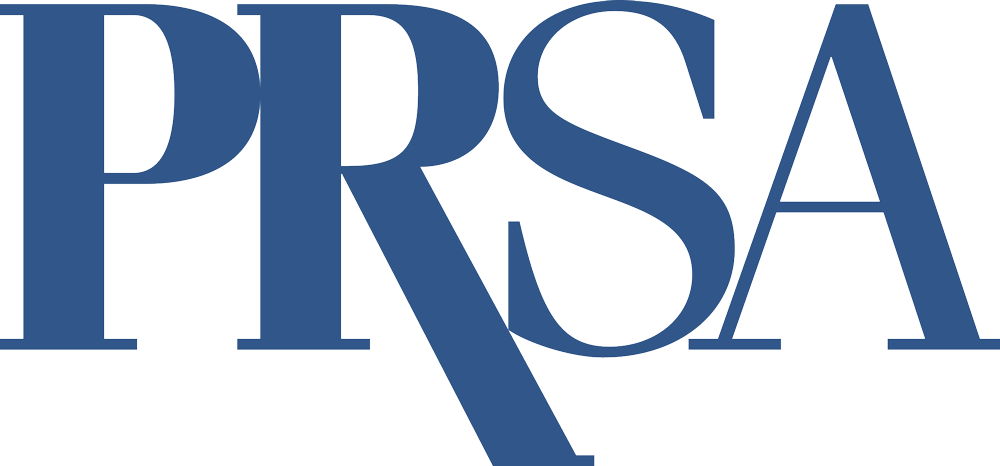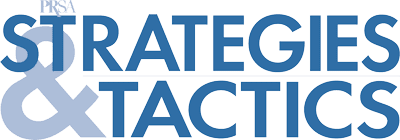Strategic Communications Is an Urgent Imperative for Nonprofits
By Kelliann Amico, APR, Fellow PRSA
September 2025
As the dust settles from Congress’s sweeping tax and budget legislation (the One Big Beautiful Bill Act) from this past summer, industries across the country are bracing for seismic change.
However, for nonprofits already struggling to remain relevant and resilient, the impact may be existential. Deep cuts to public benefits like Medicaid and SNAP will drive up demand for services just as funding shrinks and regulatory pressures mount. Nonprofits serving families on the edge of housing or hunger are calling this legislation anything but “beautiful.”
The Act contains a few bright spots — like a permanent universal charitable deduction and a new deduction for non-itemizers — but these are unlikely to significantly benefit small, community-based organizations. Those most likely to weather the storm are the well-resourced nonprofits with strong development teams, established donor networks and, critically, strategic communication built into their leadership structure.
Strategic communications is no longer optional.
For PR professionals working in or with the nonprofit sector, this is a clarifying moment. Strategic communication will be one of the defining factors in whether organizations can adapt, stabilize and continue delivering on their missions. Yet, too often, communication remains siloed or seen as a secondary function — brought in late or treated as a tactical add-on rather than a strategic imperative.
Having served as a board member, volunteer and consultant to nonprofits throughout my career, I’ve seen the difference this makes up close. In resilient organizations, leaders who understand and value strategic communication know that it helps shape the mission, frame decisions and align internal and external messaging. They understand the funding environment, the complexity of services and the expectations of diverse stakeholders. They equip staff with shared language, help boards speak with confidence and translate challenges into values-based narratives that resonate.
Communicators must lead, not just support.
As new pressures reshape the nonprofit landscape, strategic communicators have a critical opportunity — and responsibility — to lead. In the wake of the Act, this means more than crafting messages; it means embedding a communication strategy at the organizational core. Before a single press release or talking point is drafted, communicators should help shape positioning that aligns leadership, programs and advocacy efforts.
A nonprofit addressing housing insecurity, for example, must proactively understand service response and define ensuing messaging across departments to respond to growing demand. In healthcare, communicators play a central role in ensuring that frontline staff can clearly and compassionately convey Medicaid policy changes to patients, employees and partners alike.
We can help nonprofits meet this moment by serving as trusted advisers. We earn that seat at the leadership table not because the org chart says so, but because we understand all aspects of an organization — including internal and external influencers and pain points — and can clearly articulate the risks of navigating change without strategic communication.
If a nonprofit has a strategic communication plan, then now is the time to revisit and update it. If it doesn’t, then now is the time to build one. That includes taking a holistic analysis of the nonprofit’s structure and operations, defining key audiences, setting measurable objectives, creating tailored strategies, ensuring message consistency and creating feedback loops to surface what’s working — and what isn’t.
Organizations that serve those in need are facing unprecedented challenges. The strongest nonprofits will survive these challenging times, and some will even grow stronger.
As PR counselors, we can help these organizations communicate with clarity, honesty and empathy. We have the tools, perspective and influence to guide them as they continue their important work in our communities. Let’s make it our mission to help them embed strategic communication at every level of their organizations, whether as paid staff or consultant, volunteer, board member or pro bono counsel.



